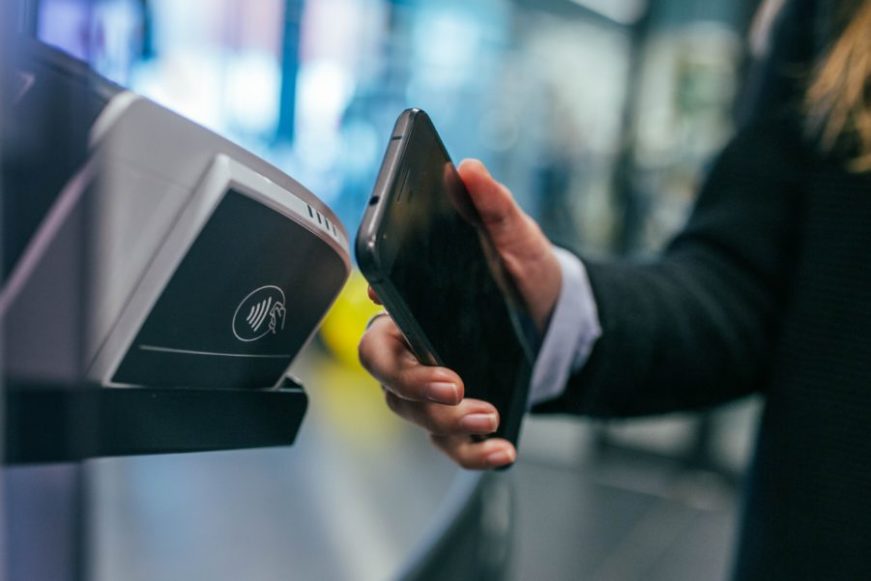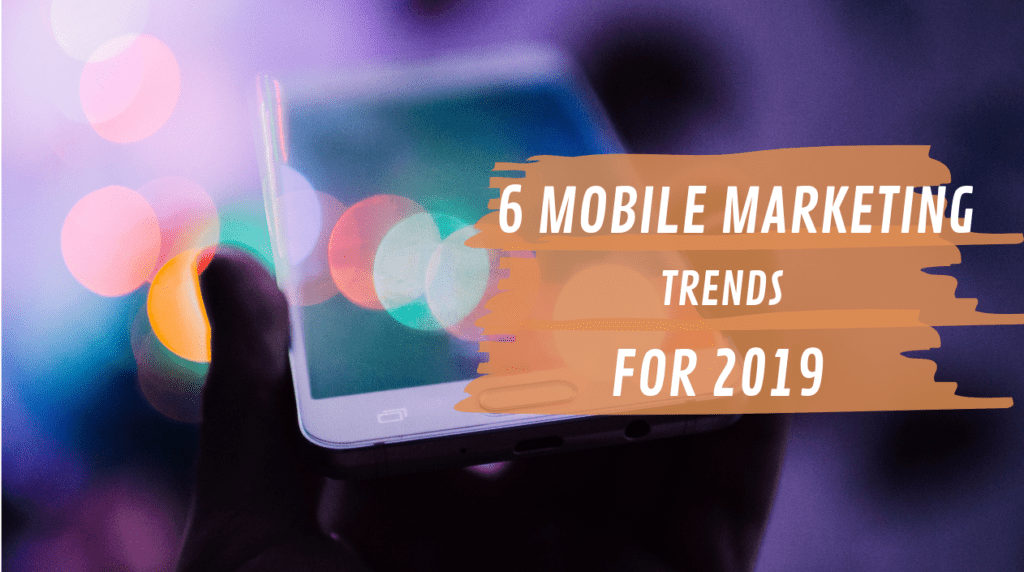New technologies are constantly changing the way we live, work and interact. Mobile, in particular, has notably disrupted the marketing landscape. And in 2019, we are going to continue to see the emergence of mobile marketing and the brands that are able to successfully adapt stay ahead.
Why is mobile marketing so important? eMarketer predicts that consumers will spend more time on mobile devices than they do watching TV in 2019. According to Statista, 52.2 percent of all website traffic worldwide was generated through mobile phones in 2018, up from 50.3 percent in the previous year. Among the 3.75 billion internet users worldwide in 2019, 86.2% will use a mobile phone to go online.
Mobile has become the go-to channel for the modern-day consumer to search, explore, and discover products and services from brands. It has the potential to empower and completely reshape the customer experience and customer journey into something it’s never been before.
Mobile Marketing Trends to Watch in 2019
Video by monimedia
What Mobile Marketing Trends Actually Matter in 2019?
The past few years have been significant for mobile marketing, but what digital marketing headhunters are seeing now is the confident rise of a mobile-first world. In 2019, it will be more important than ever for companies to deliver consistent and compelling mobile experiences.
As a CMO, are you ready for all the emerging developments in the mobile landscape? Here are the key trends CMOs and their teams should recognize in the year ahead.
Mobile ad spend
There will continue to be a massive growth in mobile advertising spend in 2019. According to eMarketer, mobile ad spend will top $93 billion this year and is predicted to reach expected to reach 131.41 billion U.S. dollars by 2022.
Social media platforms like Instagram, Facebook, Twitter, Snapchat and LinkedIn will continue to dominate ad spend on mobile channels. CMOs should ensure their budgets are equipped for mobile ads; leveraging AI to better target and personalize advertising efforts.
Video
Marketers are seeing real results by integrating video into their content strategy which will continue to deliver rewarding outcomes in 2019.
There will be a rise in ad spend specifically on video as smartphones are the primary channel used to watch video content. Mobile video ad spend is predicted to hit nearly $16 billion this year and increase to $24.81 billion by 2022.
Videos are excellent for telling a brand story and immersing viewers in your message, so there’s no surprise as to why it’s a critical part of any marketing strategy. The need for high-quality mobile video will ramp up, along with the use of vertical video layout as channels like Instagram’s IGTV continue to rise.
As video continues to grow, companies that are trying to get a piece of the mobile-first video landscape will fight to dominate in this competitive space. There will certainly be new players and platforms wanting to capitalize on the growing mobile video market. Therefore, marketers must pay attention to the channels that offer the most ROI when thinking about where to place video content.
Augmented reality (AR)

Innovative marketing is all about creating relevant, unforgettable customer experiences. AR gives brands the opportunity to do just that by delivering a CX that’s unique and exciting.
The increasing access consumers have to AR has driven the need for marketers to explore how it can be used to create interactive and richer mobile experiences. AR can be used to bring products and services to life. For instance, a furniture store could provide users with a way to visualize the layout of new pieces in their home virtually through an app.
Marketing teams who take advantage of innovations like augmented reality to deliver remarkable experiences will gain a competitive edge.
Voice search
With smart voice assistants like Google Home and Amazon Echo becoming more commonplace, the use of voice search services will also increase. According to Comscore, it’s predicted that more than 50 percent of searches will be voice-based by 2020.
Voice assistant devices are easily accessible for consumers, making them a major tool for marketers in 2019. As voice search capabilities become more sophisticated and predictive, brands can reach their target audiences with personalized and relevant content. Early adopters and marketers who explore this evolving channel now will certainly reap the rewards.
You may like: What Marketing Challenges Are Keeping CMOs up at Night?
3 SEO Tips for Voice Search Optimization
Video by Neil Patel
5G
The rollout of 5G will boost network speed, making it extremely important for marketers to acknowledge this development. The super-fast 5G network will present even more capabilities than 4G such as hyper-personalized content and rapid download speeds. According to Juniper Research, it is expected that 5G connections will exceed 370 million by 2023; generating $88 billion in operator-billed revenues.
5G, with warp speeds that are at least ten times faster than 4G, is the force that supports emerging innovations like IoT, virtual and augmented reality, artificial intelligence, and location intelligence. A 5G network will innovate the customer experience as long as marketers are able to keep pace and offer incredibly immersive experiences with rich media and innovative content. If you haven’t already, now is the time to start thinking about 5G.
Artificial intelligence (AI)

AI continues to make an undeniable impact on the marketing landscape, supporting in tracking the entire buyer’s journey and making sense of the ever-growing amount of data. AI and machine learning enable marketers to better understand their customers and deliver hyper-personalized experiences, in return. From ad optimization to content generation, AI and mobile marketing are increasingly crossing paths to deliver more relevant and accurate solutions. For instance, the use of chatbots on mobile continues to grow as AI algorithms get more sophisticated and deliver human-like responses.
As digital marketing headhunters, we’ll continue to see the rise of AI and how it impacts the relationships our clients have with their customers. Marketers can leverage AI to transform how they deliver and personalize digital communications through mobile channels. The deeper understanding of the customer’s behavior empowered by AI will foster more meaningful relationships.
Conclusion
The potential for mobile marketing is endless for CMOs and their teams to explore. While the mobile marketing trends listed above aren’t exhaustive, they include the core developments marketing recruiters believe marketers should lock their eyes on in 2019.
Having a mobile-first approach and tailoring content for mobile devices is important in staying ahead. Today’s customers expect a great mobile experience, and delivering that sets you apart from your competition.
What other predictions do you have for mobile marketing this year? Let us know below!





